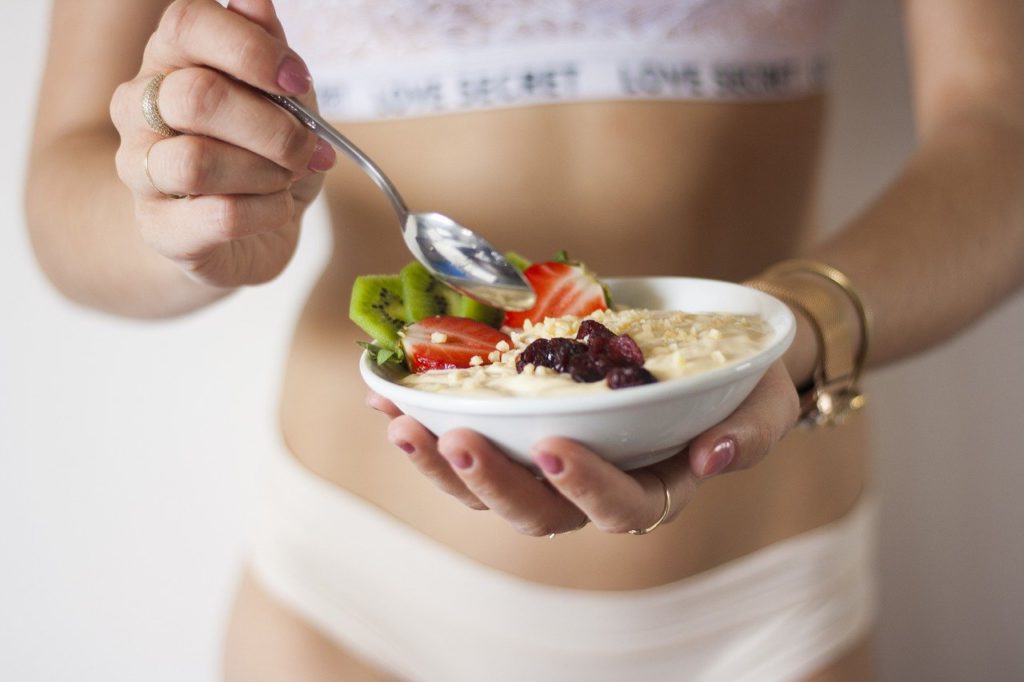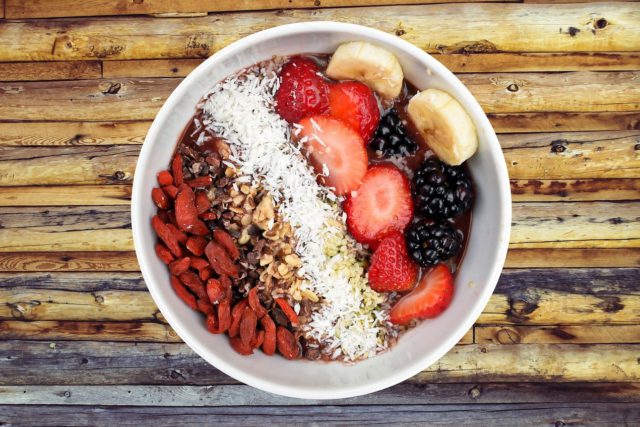Eating the right amount of fibre has been shown to have a number of health benefits. It helps you feel fuller longer, which can curb overeating and weight gain. But eating fibre-rich foods can do more than just keep you regular. Eating a lot of high-fibre foods has been shown to help reduce the risk of heart disease by controlling cholesterol levels, as well as type 2 diabetes and some cancers.
Fresh and dried fruits, raw vegetables, and whole-grain crackers are great ways to add fibre to your snack. A small handful of dried fruits, nuts, and seeds (up to 30 grams), a handful of popcorn, or a few raw vegetables are all great high-fibre snack options.
Eat high fibre foods with every meal. Distribute your Soluble fibre intake throughout the day. Bottom Line: Including high fibre foods in every meal is an easy way to increase your intake. Bottom Line: Eating vegetables before meals can increase your fibre intake.

Non-starchy vegetables are especially low in calories and rich in nutrients, including fibre. Bottom Line: Eating whole fruits and vegetables rather than juices will ensure you get more fibre and less sugar. Although vegetable juices are lower in sugar than fruit juices, they are much less fibre than what you get from whole vegetables. Eat whole fruits and vegetables, not fruit juices. Especially cold-pressed vegetable juice is a good way to include vegetables in your diet.
It is best to add fibre from food sources to your diet rather than dietary supplements, especially if you don’t increase the amount of water you drink each day. It is better to get fibre directly from food than from pills or other supplements. However, if you plan on eating processed foods, you can also opt for high fibre foods.
While the best way to include fibre in your diet is to eat high-fibre foods – fruits, vegetables, whole grains, beans, nuts – when this proves difficult, taking a fibre supplement can help fill the gap. High-fibre foods like fruits tend to be low in calories, it would easier to cut calories if you add fibre to your diet.
A diet high in fibre can help if you suffer from constipation or other intestinal problems, such as irritable bowel syndrome, due to the fact that they aid digestion. While eating certain high-fibre foods can negatively affect some people with intestinal disorders, consuming enough fibre on a regular basis can help keep the digestive system healthy and stable. Increasing your fibre intake is not as easy as incorporating as many fibre-rich foods as possible into your diet as soon as possible.
One of the biggest benefits of foods rich in complex carbohydrates is that they are also high in fibre. Fibre is a carbohydrate and is found in plant foods. Viscous or insoluble fibre – Widely found in whole foods and whole foods, as well as popcorn, potato skins, dried fruits, nuts, beans, sweet corn, broccoli, and carrots. Insoluble fibre is found in fruits with edible skins or seeds, vegetables, whole grains (such as wholemeal bread, pasta, and crackers), bulgur wheat, pitted corn flour, cereals, bran, oatmeal, brown buckwheat, and buckwheat.
The National Health Service recommends increasing your fibre intake by eating whole grain or wheat bread, high fibre white bread, and wholemeal pasta. Instead, try to eat foods rich in natural fibre, such as fruits and vegetables, nuts, seeds, and legumes. So, if you want to eat more fibre, it is best to eat fruits, vegetables, and legumes when planning your meals.
Since many of us don’t get enough fibre in our diets, this article is a good guide to see simple ways to add more fibre to our diet. Following the tips and fibre would benefit your health in many different ways.




Holiday Ideas
Health / Holidays
Preparing Your Pets for Christmas Cheer
Health
Tips for Mental and Emotional Wellness
Health
Ways to Forge a Deeper Bond with Yourself
Hobbies
The Art of Espresso with Rocket Appartamento
Health / Recreation
The Impact of House Manager Jobs
Holidays
Coloured Contact Lenses for Halloween
Holidays / Recreation
Halloween Costume Ideas 2022